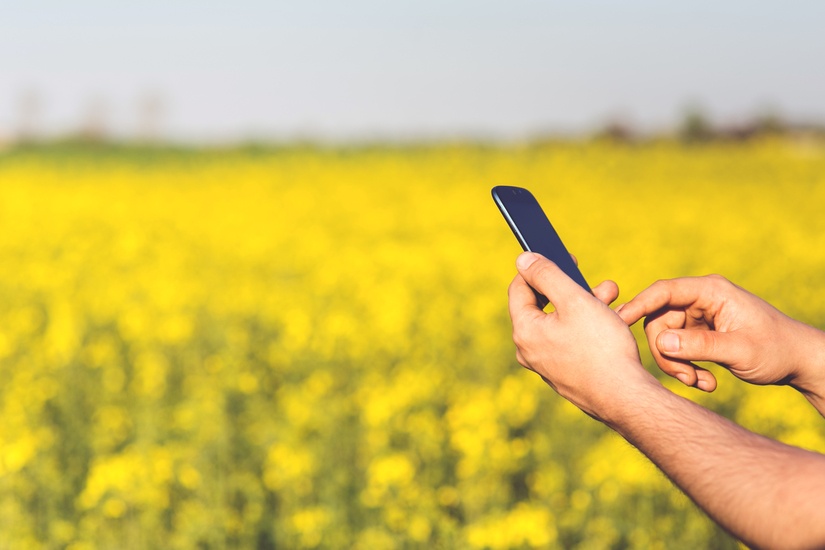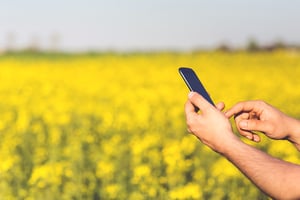Christine Tacon, Chair of UK Farming plc, an investment fund, part of Brooks Macdonald Funds said:
I think what I can see in the future is that the farmer is going to be much more of a facility, providing the land and providing feedback when they were asked for it, and so much more of the science being done remotely from the farm, which might not be what everybody wants to hear but if it’s going to double or even triple agricultural production, maybe even in the UK, I think it’s where we’re going to have to go.
Therefore, farmers of the future may well be current fourteen year olds that are very tech-savvy. Computer literacy and an understanding of electronics will be more relevant in the new world of farming than a more traditional approach to agricultural studies.
What’s more, farmers of the future needn’t get up at the crack of dawn and perform back-breaking work all day long. With the advances in technology and predictive, data-driven organisational tools and software, farmers can review a day’s work on their computer, check the location of all the machinery, check fuel levels, check all the apparatus required is in place, then go and sit in the tractors and let the machines drive themselves.
The farmer will still be responsible for good husbandry, growing the crops, producing food and making a profit, but the potential tools now at their disposal make that process more efficient and more responsive to the ever-changing environment.
Prof Tony Prescott, Professor of Cognitive Neuroscience at the University of Sheffield, argues:
If we want to make our agriculture less intensive in its use of pesticides and also weed-killers, then we need to do more manual weeding, and this is a task that robots can more or less do now. They can look at the plants on the ground, recognise which ones are crop plants, which ones are dangerous weeds, and perhaps which ones are harmless weeds and can be left there. And then they can very selectively pull out or place very small amounts of weed killer on the ones that are to be removed. And the other good thing to say about that is of course that they can work continuously, they don’t get tired, they can work at night, and they can potentially work in different kinds of weathers – there are things that robots can do that people aren’t so good at.
Eventually robots will do their own thing, make their own decisions, sensing, acting and doing things that are appropriate. They will be governed from a command and control centre that monitors what the robots are doing, making sure that teams of robots are working together effectively, and then you’ll have people who are overseeing that operation, making sure that the right tasks are being done at the right time, and looking for problems and addressing them if they arise.
The idea is to relieve people from doing the onerous manual work so they can perform more meaningful, interesting and fulfilling work, and actually make working on a farm more of a skilled task.
This work is grounded in biomimetics – the study of the structure and function of biological systems as models for the design and engineering of materials and machines – specifically, how people use the sense of touch to carefully manipulate objects. In agricultural terms, how to handle and move fruits and vegetables without damaging them.
Robot bees
Scientists at the Universities of Sheffield and Sussex in England are designing the first electronic bees in hopes that they can ‘supplement or replace the shrinking population of honey bees that pollinate essential plant life’, according to the technology blog io9.
The Green Brain Project, as the effort is called, will upload real bees' senses of sight and smell into the tiny robots. Scientists hope these basic cognitive abilities will allow e-bees to detect odors and gases from flowers, just as bees do. The project plans to release the bees in 2015.
Along with making the world safe for pollination, these bees don't sting!
So…
The space industry is extremely important and is providing some very valuable data that will shape farms and farming of the future. Robotics and satellites may sound incongruous in terms of a farming application but these developments need to become widespread if we are to meet and overcome come the food production issues of the future.
It’s farming, Jim, but not as we know it!
(Image Credit: kaboompics via www.pexels.com)



